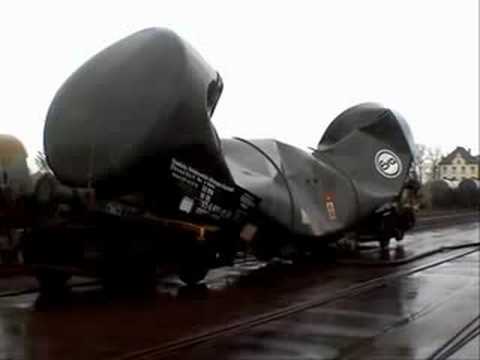Are any of you no-chill brewers tasting your wort before you pitch the yeast? I'm talking about straight out of the no-chill container, after its cooled down. I only ask because something that is still bugging me about the no-chill process is that my wort tastes awful pre-fermentation. Its the same thing I've mentioned before - its a bitter, grassy, vegetal flavor and aroma. It doesn't seem to affect the finished beer - the fermentation seems to scrub most/all of it out. I'm still experimenting with different styles and recipes to see if this is always the case, though.
If its possible to avoid it, I would like to, but I am wondering if maybe it is just something inherent in the no-chill process. I take every opportunity to taste my beer at every stage of the process (first runnings from the mash, post-boil, pre-pitching, when racking to the secondary, into the keg) and this off-flavor bugs me (and I don't get it with normally chilled beers).
It doesn't seem to be affected much by the type of base malt or whether or not I put hops straight in the cube or if I whirlpool and keep them out. I've done 100% pilsner, 100% 2-row, 100% Maris Otter, cube hopped and not. I've also tried draining immediately into the cube, and I've tried whirlpooling until it drops below 190F before draining into the cube. I haven't tried getting it below 180F yet to see if that makes a difference - I'm scared to let it get too low and risk an ineffective pasteurization of my cube.




